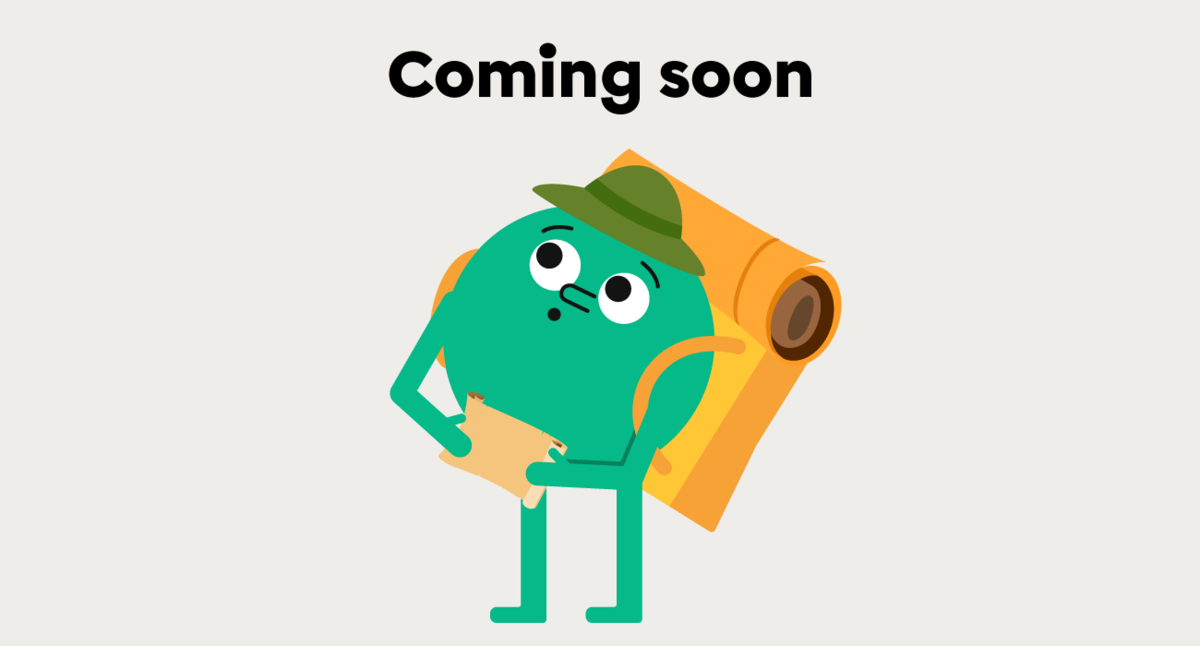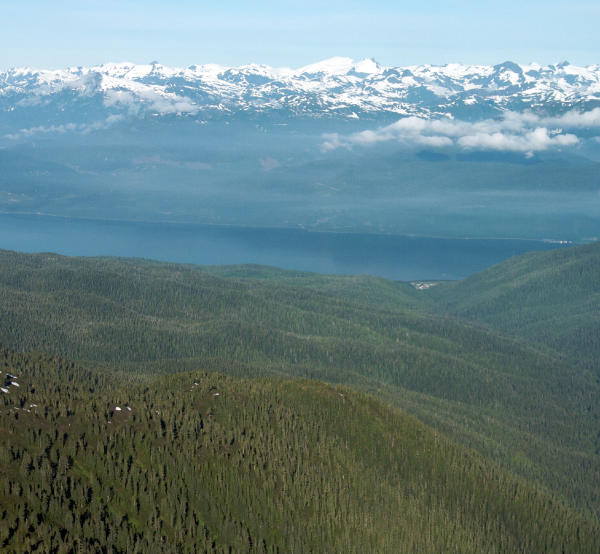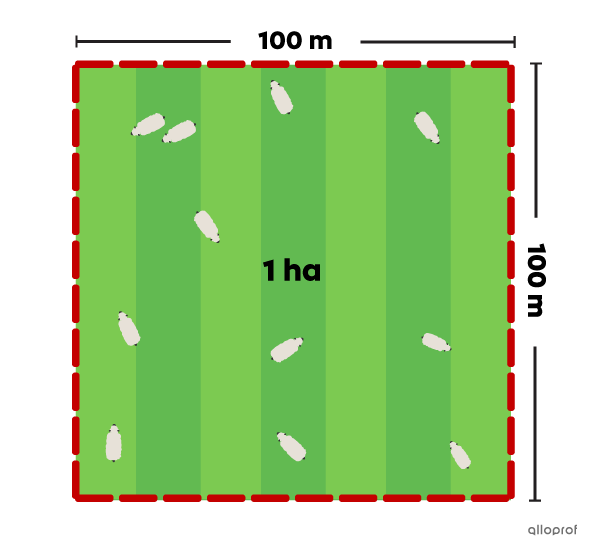To access the other concept sheets in the Indigenous Territory unit, check out the See Also section.
An Indigenous person is someone born on the land they inhabit and whose ancestors were the first inhabitants to have occupied this land.
There are more than 1.8 million Indigenous persons in Canada according to the 2021 census. Indigenous populations represent 5% of the total population of the country and are divided into three distinct groups[1]:
Each of these groups have their own history, and have distinct cultural identities and languages.
The First Nations represent more than half of the Indigenous people in Canada, with 1 048 405 members. They are present in every province in the country[2], with some 50 First Nations communities, each with its own culture and language.
The First Nations are the only group subject to the Indian Act. This law, introduced in 1876, determines the legal status of Indigenous persons based on Indian status. This law also governs the reserves, requiring Indigenous persons have Indian status in order to live within the limits of this territory.
A person must meet certain criteria to obtain Indian status and become, according to law, a Status Indian. Not every First Nations person has Indian status. Approximately 753 105 First Nations people have this status[3]. In the eyes of the law, the other members are Non-Status Indians.
-
Status Indian is a legal term used to identify First Nations members who are registered as “Indians” in the official register under the Indian Act.
-
Non-Status Indian is a legal term used to identify First Nations members who are not registered as “Indians” with the Canadian government.
-
A reserve is a territory that belongs to the Canadian government, but its use is reserved for First Nations members.
The term Indian (Indian Status, Status Indian, Non-Status Indian, Indian Act) is used in Canada in a legal context in relation to the 1876 Indian Act.
Today, the term Indian in any other context is considered offensive and disrespectful. Indigenous person or First Nations person are the terms used.
The Métis are the descendants of First Nations people and European settlers, officially recognized as a distinct group in 1982 in the Canadian Constitution.
According to the 2021 census, there are 624 220 Métis in Canada[2], spread across every province with larger numbers in Manitoba, Ontario, Alberta and British Columbia.
The Inuit are northern Indigenous people who live in Inuit Nunangat, which means “the place where the Inuit live.” Inuit Nunangat is divided into 4 regions:
-
Inuvialuit (Northwest Territories and Yukon)
-
Nunavik (Northern Quebec)
-
Nunatsiavut (Labrador)
-
Nunavut
In Canada, there are 70 545 Inuit living in 53 communities[2]. Approximately half the Inuit population lives in Nunavut.
Unlike the First Nations, the Inuit are not subject to the Indian Act. To find out more, check out the sheet The Indigenous Territory of Nunavut.
The definition of an Indigenous territory varies between the vision of the peoples who inhabit it and the legal definitions. The territories attributed to Indigenous peoples by the federal government, such as reserves, are only a small proportion of the traditional territory of these peoples. The Indigenous peoples of Canada live in 683 communities across the country[4].
Indigenous peoples define their ancestral land based on their oral history. Certain nations have managed to gain recognition of their territory, in part or in whole. Other nations are in the process of trying to gain that recognition.
There are 11 Indigenous nations in the present-day territory of Quebec. One is an Inuit nation and the others are First Nations[5]. These nations live in 55 communities across the territory[6].
In Quebec, Indigenous people live in three different types of location:
-
Reserves
-
“Indian” settlements
-
Municipalities
A reserve is a federal territory reserved for an Indigenous community and administered by a band council.
An “Indian” settlement, sometimes referred to as Indigenous or Métis settlement, has no federal status and is managed by the province.
After the signing of the James Bay and Northern Quebec Agreement and the Northeastern Quebec Agreement, in the 1970s, Inuit, Cree and Naskapi communities gained municipality status under the Ministère des Affaires municipales et de l’Occupation du territoire.

Before the arrival of European explorers and settlers, the territory that is now occupied by Canada was inhabited by many Indigenous peoples. As the presence of Europeans increased, the Indigenous peoples lost more and more of their territory. In other words, they lost the territory they had once occupied.
Over the last few centuries, certain Indigenous peoples signed agreements, called treaties, which play an important role in the recognition of the rights of an Indigenous peoples on a territory.
Historic treaties are treaties that were signed between 1701 and 1923. On the signing of many of these treaties, Indigenous peoples exchanged their rights to their territory for another place to live–a reserve–and a small financial compensation. Since then, many such treaties have been signed in Canada and Quebec between the government and Indigenous peoples.
These treaties are a way to recognize various Indigenous claims across the country related to:
-
ownership of a territory
-
financial compensation
-
recognition of hunting and fishing rights
-
autonomy in managing the territory
Recognition of Native Peoples’ rights is a process that often takes many years and a lot of negotiation.
In 1984, Ronald Edward Sparrow, a member of the Musqueam First Nation in British Columbia, was arrested and charged with violating the Fisheries Act. The case went all the way to the Supreme Court of Canada. In his defence, Ronald Sparrow argued his historic right to fish even if it was not set out in a treaty. In 1990, the Supreme Court ruled that Ronald Sparrow had not broken the law because he had a traditional right to fish.

Source: Ronald Sparrow, of the Musqueam First Nation, on his fishing boat, Shani Lynne No. 2, moored at Westham Island near his home in the village of Ladner, B.C., on April 13, 2012 [Photograph], Dyck, D., 22 of September 2020, The Globe and Mail, (URL). Rights reserved*[7]
The Haisla Nation has been living for generations on what is now known as the northwest coast of British Columbia. In 1949, the nation claimed the addition of two parcels of land, totalling 120 hectares, to the territory of their reserve. In 2022, that is, 73 years later, they finally obtained this land transfer, the long-awaited result of a negotiation process between the Haisla nation, the British Columbia government and the Canadian government.

The Haisla Nation lives in the mountainous territory of British Columbia.
Source: Kitamaat Village [Photograph], Sam Beebe/Ecotrust, 2008, Wikimedia Commons, (URL). CC BY 3.0[8].
A hectare is a unit of measurement equivalent to 10 000 m2.

To access the rest of the unit, you can consult the following concept sheets.
- Statistics Canada. (2022, September 21). Indigenous population continues to grow and is much younger than the non-Indigenous population, although the pace of growth has slowed. Government of Canada.
https://www150.statcan.gc.ca/n1/daily-quotidien/220921/dq220921a-eng.htm - Statistics Canada. (2023, January 19). Statistics on Indigenous Peoples
Government of Canada.
https://www.statcan.gc.ca/en/subjects-start/indigenous_peoples - Statistics Canada. (2022, September 21). Map 1 In 2021, 4 in 10 First Nations people with Registered or Treaty Indian status lived on reserve. Government of Canada. https://www150.statcan.gc.ca/n1/daily-quotidien/220921/mc-a001-eng.htm
- Government of Canada. (2022, August 30). Indigenous peoples and communities. https://www.rcaanc-cirnac.gc.ca/eng/1100100013785/1529102490303
- Boisvert, C., Roy-Cadieux, F., Krysztofiak, V., Poulou-Gallet, C., Riendeau, J. et Ste-Marie, P. (2015). Espace Temps - 2e secondaire [cahier de savoirs et d’activités]. ERPI.
- Quebec Government. (2022, September 20). The 11 Indigenous nations of Québec. https://www.quebec.ca/en/government/quebec-at-a-glance/first-nations-and-inuit/profile-of-the-nations/about-nations
- Dyck, D. (2020, September 20). Ronald Sparrow, of the Musqueam First Nation, on his fishing boat, Shani Lynne No. 2, moored at Westham Island near his home in the village of Ladner, B.C., on April 13, 2012 [Photography]. The Globe and Mail. (URL). *Content used by Alloprof in compliance with the Copyright Act in the context of fair use for educational purposes. [https://laws-lois.justice.gc.ca/eng/acts/c-42/page-9.html]
- Sam Beebe/Ecotrust. (2008, August 1st). Kitamaat Village [Photography]. Wikimedia Commons. https://commons.wikimedia.org/wiki/File:Kitamaat_Village_-_panoramio.jpg. CC BY 3.0